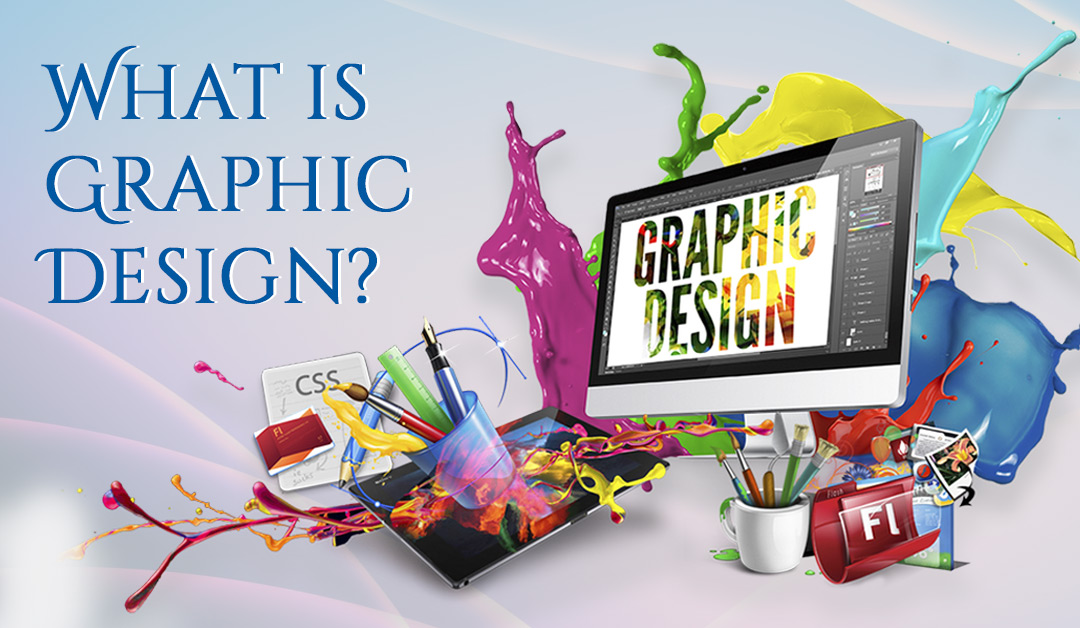A professional working as a graphic designer communicates messages through visual content. By implementing page layout approaches and visual hierarchy, designers use images and typography to meet users’ particular requests and focus on the logic of exhibiting objects in interactive designs to maximize the user experience. Digital Web IT Solutions is among the top graphic design companies in USA providing a variety of IT solutions.
Graphic Design Is All About Visually Shaping User Experience
Graphic design is a centuries-old art style that may be traced back to cave paintings and Egyptian hieroglyphics dating back at least 17,000 years. It was first used in the print business in the 1920s. It continues to encompass a wide range of responsibilities, including logo design. Graphic design encompasses both marketing and aesthetics in this setting. Using imagery, colour, and typography, graphic designers draw in viewers. Graphic designers must, however, adopt a human-centered approach in user experience (UX) design to justify stylistic choices like picture typography and placement. That implies you should concentrate on your individual audience and try to empathize with them as much as possible while creating attractive designs that are also usable. The art is not created just for the sake of art in UX design. As a result, graphic designers must expand their horizons into the realm of visual design. When it comes to UX design, keep the following in mind:
• To guarantee that your interactive designs are accessible to people, think about their information architecture.
• Use your graphic design skills to create work that considers the complete user experience, as well as the users’ visual processing ability.
For example, if a visually appealing mobile app can’t provide consumers with what they need in a few thumb-clicks, the designer(s) failed to match the graphic design and user experience. The production of beautiful designs that consumers find highly pleasant, significant, and functional falls under the realm of graphic design in user experience.
Emotional Design is Graphic Designing
Although working in the digital age necessitates the use of interactive tools, the graphic design remains based on age-old ideas. It’s critical to hit the proper note with users right away, which is why graphic design and emotional design are so closely related. As a graphic designer, you should understand how important it is to choose the right color theory and color scheme. Colors must reflect not only the organization but also the expectations of users. You should focus on how elements complement the overall tone when designing. You should also consider the overall effect when designing, taking into account how you shape users’ emotions as they move from a landing page to a call to action, for example. Motion design for tiny screens is frequently handled by graphic designers. They’ll keep a close eye on how the aesthetics of their work match the expectations of their users. By anticipating customers’ requirements and mindsets, they may improve the usability of their designs in a fluid, seamless experience. With user psychology in mind, keep these graphic design aspects in mind:
• Balance and symmetry
• Flow
• Repetition
• Pattern
• The Golden Calculus
• The Rule of Thirds
• Typography
• Audience Culture
In terms of graphic design in UX and UI design, your overall goal is to provide information in a unified manner. You should make sure that aesthetics and usefulness go hand in hand, so that your design may subtly communicate your company’s values to your users. When you develop a trustworthy visual presence, you give users the impression that you understand what they want to achieve – not simply because you’ve placed aesthetically pleasant items in the places they expect to find them, or because your designs reflect their values. Your design’s fate will be decided swiftly by your visual content, so don’t neglect even the tiniest trigger that can turn users off.



